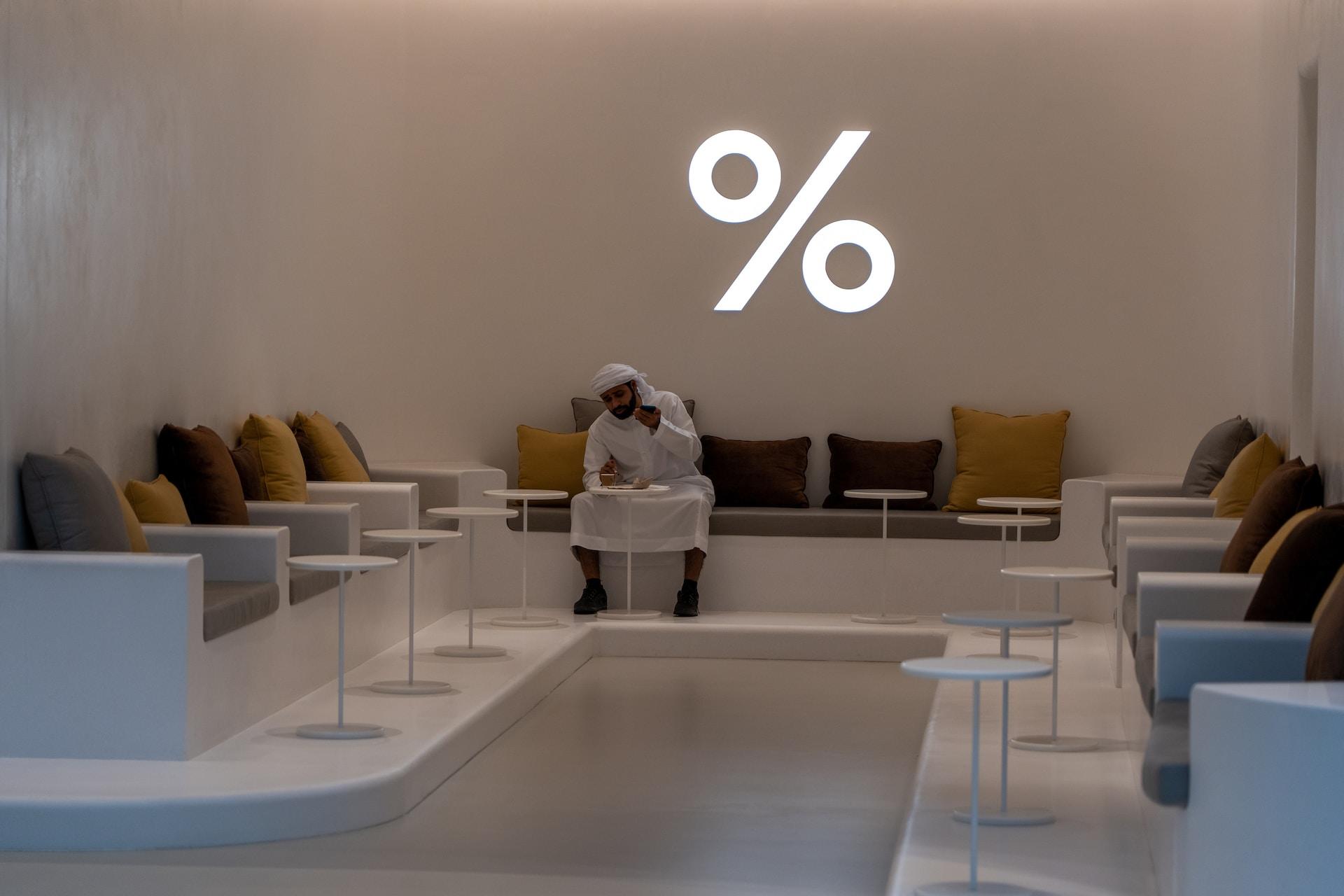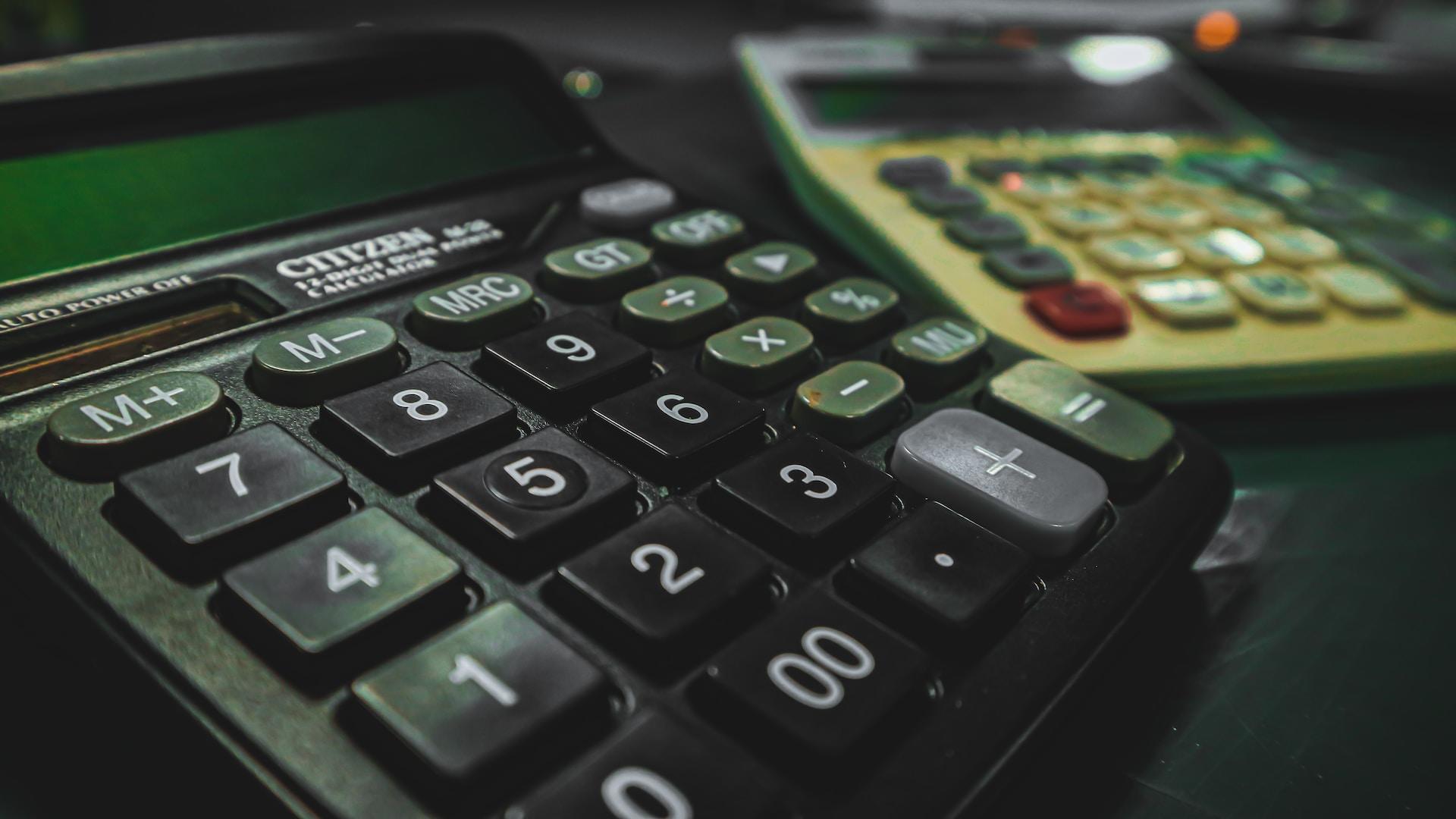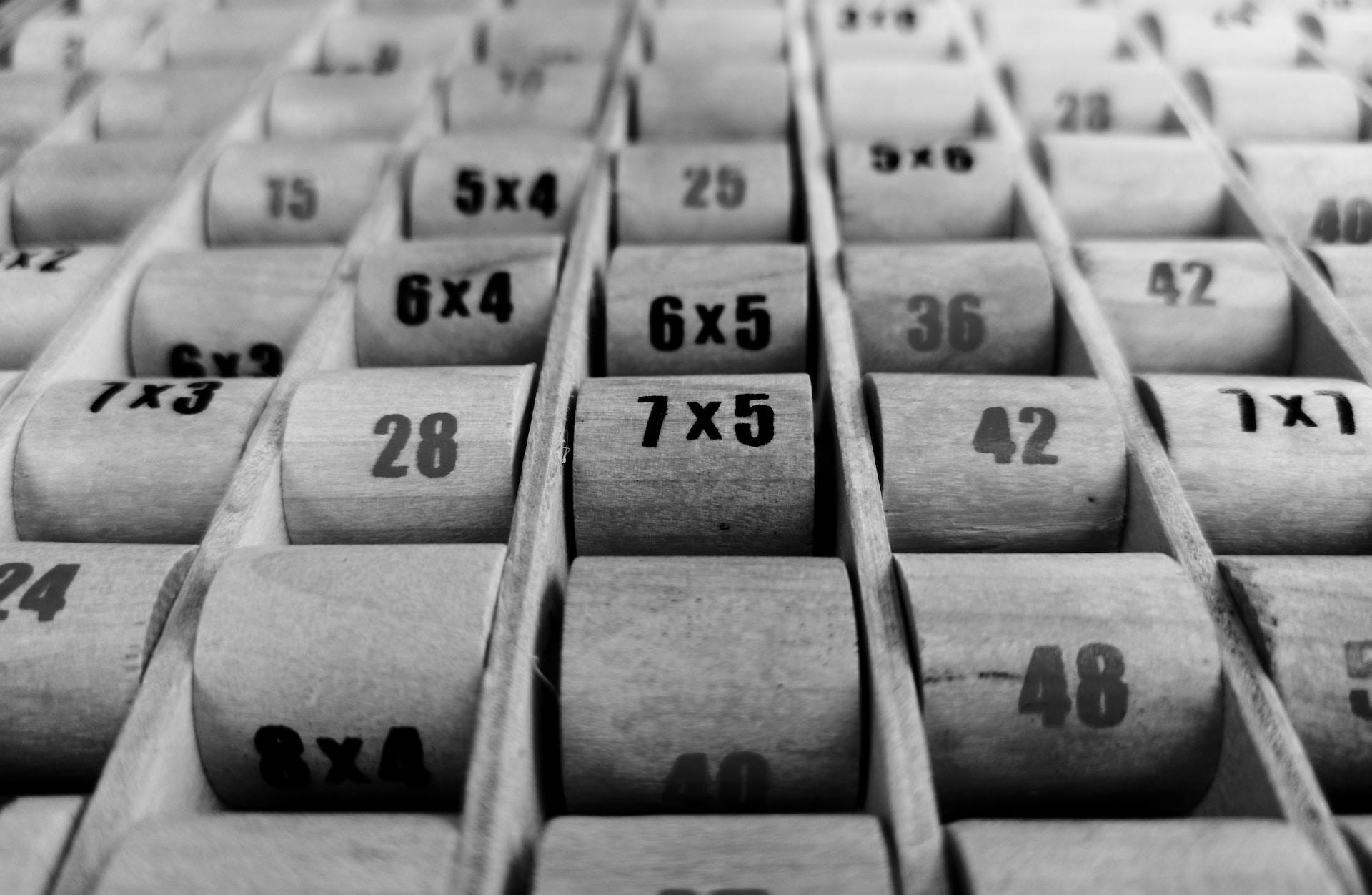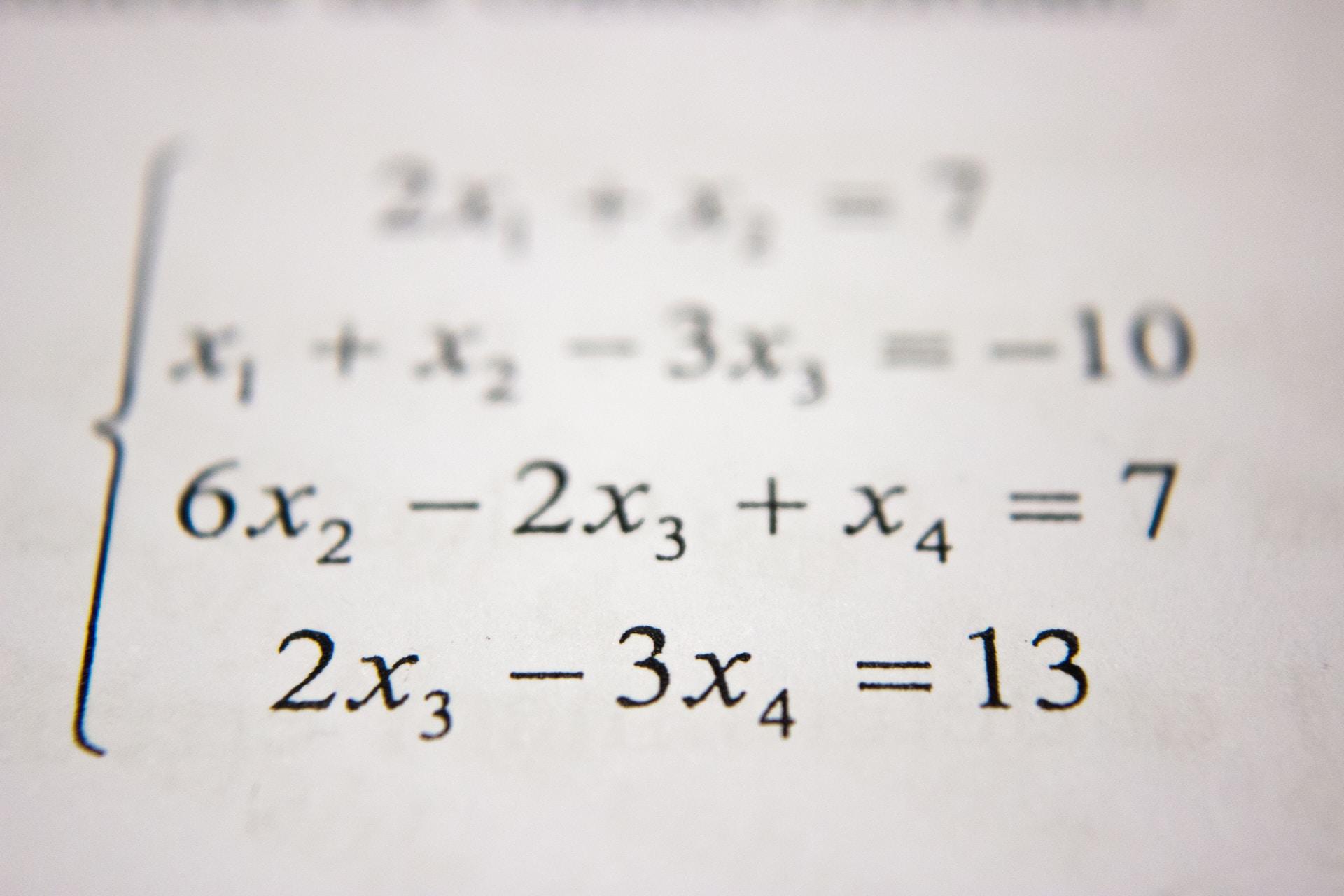If you're struggling with maths, you'll likely not believe maths could be fun. Sudoku would beg to differ but maybe you don't consider that game a form of maths. You should, though. Solving Sudoku puzzles demands logic, reasoning and adherence to the rules, just like solving any maths equation does.
Being good at math is more than the ability to make things add up. You need to cultivate a certain mindset if you’re going to get better at maths. It's the same mindset you need to enjoy playing Sudoku and other math games. Unfortunately, nobody talks about this way of thinking in school.
That's why so many kids fear math. From their earliest age, the focus was on putting words together to form sentences. Unlike in Plato's time, logic and rhetoric play little part in modern education. It seems we're taught how to do, not how to think.
These cool maths tricks are bound to change your mind about maths. We'll look at everyday math applications and find shortcuts to make solving them faster and easier. The more you see how maths appeals to your rational mind, the more you'll see how fun mathematics can be.

Cool Maths Tricks to Convert °F to °C
Strangely, there's only one country in North America that uses the Fahrenheit scale to measure temperature. The rest of the world measures temperature in Celsius. If you go to the United States, you may need to know what 70°F represents. You could query the internet but it's more fun to learn how to convert temperatures.
To quickly convert °C to °F, simple addition and subtraction and even simpler multiplication and division is all it takes. You only need to multiply the °C value by two and add 30. For a more precise conversion, use 1.8 as your multiplier and add 32. That 1.8 value represents a ratio of 9/5.
To convert the other way around, you just have to do the inverse. Subtract 30 then divide by 2. Both these methods are great for estimating temperatures; work to some extent with negative numbers, too.
You likely won't need an exact temperature reading unless you're working in a laboratory where precision is key. We've simplified the method by rounding to a whole number so that you can work it out in your head.
You might find a few reference points helpful in estimating your temperature conversion. Water freezes at 0°C; that equals 32°F. The standard human body temperature is 37°C or 98.6°F. Water boils at 100°C or 212°F.
Learn tricks like these and more with a maths methods tutor.

Maths Tricks to Calculate Percentages
Figuring out temperature scales is fun and easy. Better yet, it has practical value. So does calculating percentages. We hear of these values all the time but most people take them in as an abstract concept, something they needn't worry about too much. That is until a particularly diligent server delivers them the best restaurant meal they'd ever had.
To calculate how much of a tip you should leave, take a quick peek at the total bill. Then, move the decimal point one place to the left. That number represents the standard 10% tip.
During the pandemic, tippers got generous, often leaving 15% or more as a tip. To calculate that percentage, figure out what 10% is, divide it by two and add that result to the 10%. For 20%, multiply 10% by two. Once you get the hang of calculating how much to tip in your head, you’ll be able to calculate percentages for anything.
Maths Tricks to Multiply Big Numbers in Your Head
You might challenge your online maths tutor to see if they know this cool maths trick to multiply big numbers. Instead of using your smartphone or writing the details on a multiplication table on a scrap of paper, here is how you can multiply large numbers in your head!
Take 97 x 96, for example. The first number is only three away from 100 and the second one is just four away from 100. Add those two together to get seven. Return to 100 and subtract that 7 to get 93.
You're not done with four and three yet. Multiply them to get 12. Now, write your two results consecutively: 9312. You're welcome to check the math; your calculator will also tell you that's exactly what 97 x 96 equals.
Maths Tricks for Multiplying by 11
Your math tutor might have already shared the classic rule for multiplying by 11, which calls for adding the first and last digits and putting that number in the middle. As a refresher: 13 x 11 = 143 because 1 (the first digit) + 3 (the digit at the end) = 4, which we put in the middle of the number 13.
This only works with 2-digit numbers. You need more maths tricks to multiply any number by 11.
Let’s calculate 51236 x 11. The easiest way to do so is to multiply it by 10, which gives you 512360. Then, add 51236. Your result should be 563596 (512360+51236).
This operation mirrors the 10+1 formula; you're merely substituting values. You can do the same to multiply by 12, 13 or any other low-teens number. Unless you've already memorised your 'twelves' multiplication table. In case you haven't, remember that six is half of 12; if you know your 'sixes', simply double them to know your 'twelves'.

Maths Tricks for Remembering Pi
For some students, Pi is the nightmare of maths class. The World Pi Federation hosts competitions to find out how far past the decimal point contestants can remember Pi. That chore's made harder because Pi's numbers never repeat. You have to know Pi to calculate circumferences.
You might not need to remember Pi beyond 3.1415 but doing so is great brain training. So how can you remember more than a handful of this irrational number's post-decimal digits?
Why, mnemonics, of course. Examine the question: "May I have a large container of coffee?". Note that the first word has three letters, the second is a single letter, the third has four and the fifth, once again, has one. Going on: 'large' has five, 'container' has nine... In other words: 3.1415926
This cool trick makes it easy to remember Pi to the seventh place after the decimal. If you only need to remember six places, try: "Now, I wish I could recollect Pi." What a rational way to remember an irrational number!
Learn all these maths tricks and more with a maths tutor Melbourne.

Cool Maths Tricks for Squaring Any Number
If you know your multiplication tables, you already know at least 10 numbers' squares (2 x 2 = 4; 12 x 12 = 144, e.g.). However, numbers are seldom so accommodating as to appear easily squared. Unless you know this cool trick.
Let's square 32 - '3' is your first digit and '2' is your last one; '32' is your base number. First, add '2' to your base (32+2), and then, multiply that result times your first digit (34 x 3). For the next step, square the last digit (2 x 2) and tack it onto the end of (34 x 3). If you did it right, you should end up with 1024.
Bonus tip to quickly multiply (34 x 3): first, multiply 30 x 3. Next, 4 x 3. Add your results together (90 + 12) to get the needed answer.
Maths Tricks for Fractions
How many maths classes did you need before remembering that finding the lowest common denominator is the way to work on fractions? If you've internalised your multiplication tables, you'll have no problem finding simple fractions' common denominators. But did your teacher show you the “Butterfly” method?
It calls for you to multiply the first fraction's denominator with the second fraction's numerator and then, do the same for the other fraction. This results in two higher-value numerators. Now, multiply the denominators to find their common value. get a value equal to both denominators. Once you have the common denominators, add the numerators.

Cool Maths Tricks for Recognising Products
Our teachers drill into us that numbers have properties. For instance, prime numbers are only divisible by themselves and one. The prime numbers 7 and 3 multiply into 21. That number is not prime because it has 1, 3, 7 and 21 as factors - it's NOT divisible only by itself and one.
When you know how numbers behave, maths becomes so much more logical and easy to fall into. Knowing numbers' properties will simplify mental arithmetic. Your ability to do mental math, in turn, will boost your self-confidence. To recognise products, you only need to remember a few simple rules.
Multiples of 2 are always even numbers but multiples of 3 (and 9) have digits that always add up to a multiple of 3 (and multiples of 9). For example, 36: 3 + 6 = 9, which is a multiple of 3 (and of 9). Multiples of 5 always end in 0 or 5 and multiples of 10 always end in 0.
Maths Tricks for Converting Salaries
Job adverts like to list the position's annual salary rather than its hourly wage rate because it looks like a lot of money. Typically, it's a number in the thousands followed by three zeroes. Often, those advertised positions' pay is less than that lofty sum leads you to believe.
You can find the hourly wage by lopping the three zeroes off the annual salary and then dividing that number by two. So, if you earn 47,000 a year, that means: 47/2 = 23.5. So around $23.5/hour - what Indeed reports is one of the lowest salaries in Australia. This proves that maths skills don't just improve your numeracy, they may save you from living hand-to-mouth!















